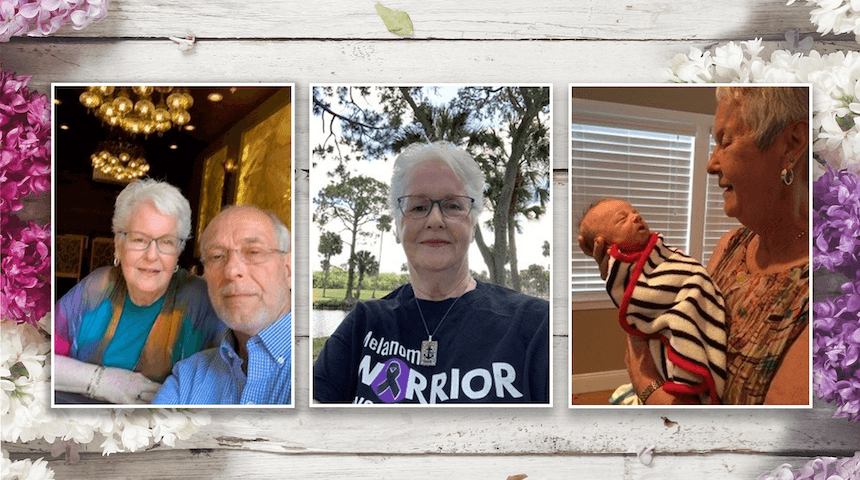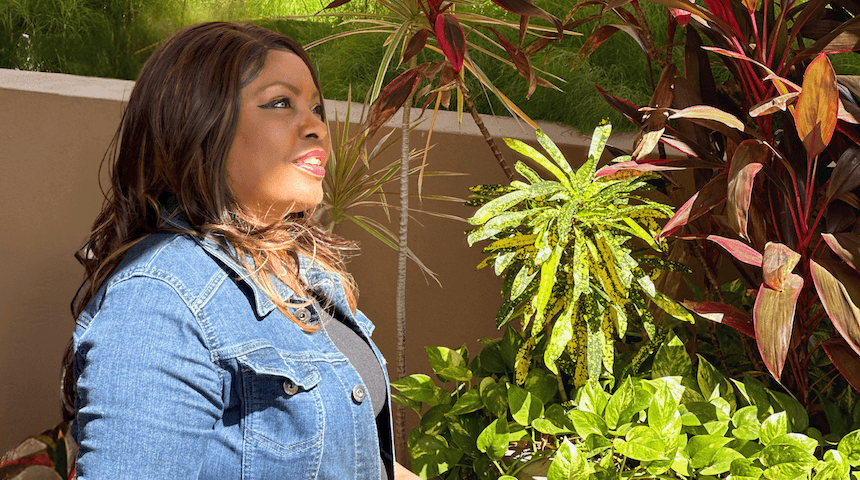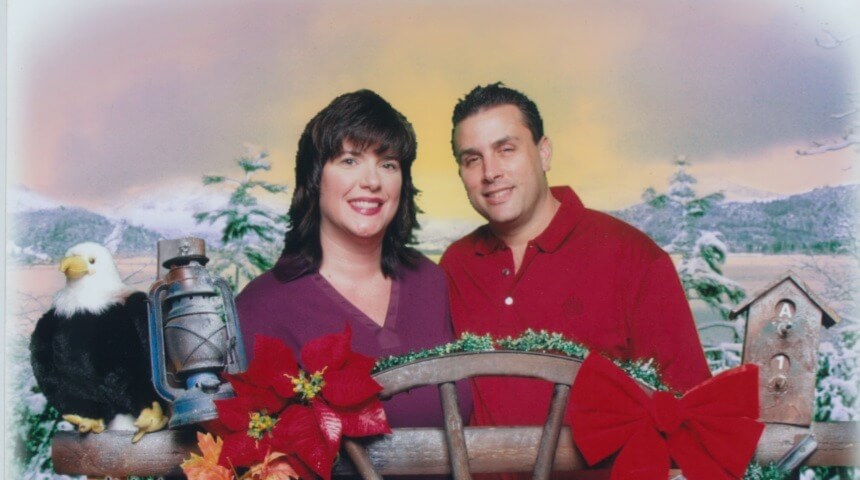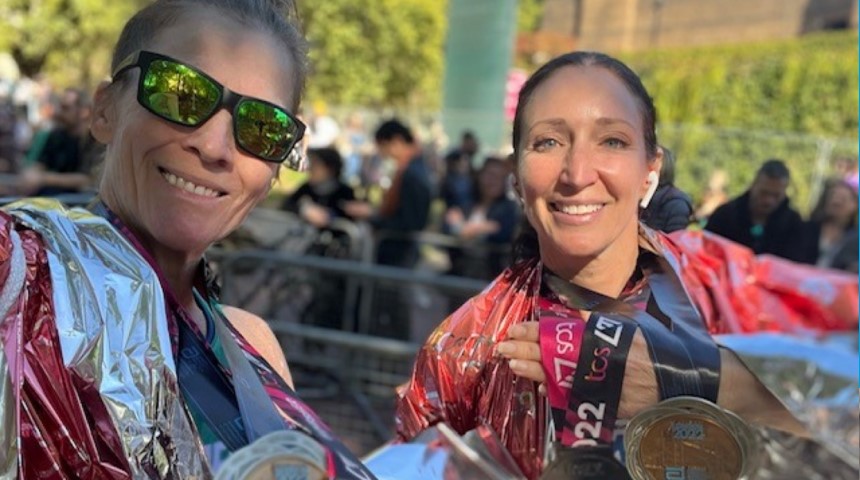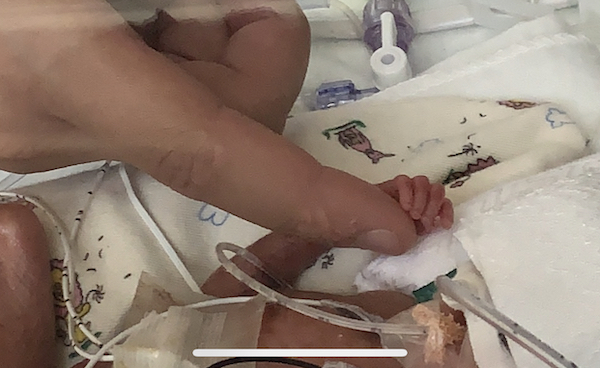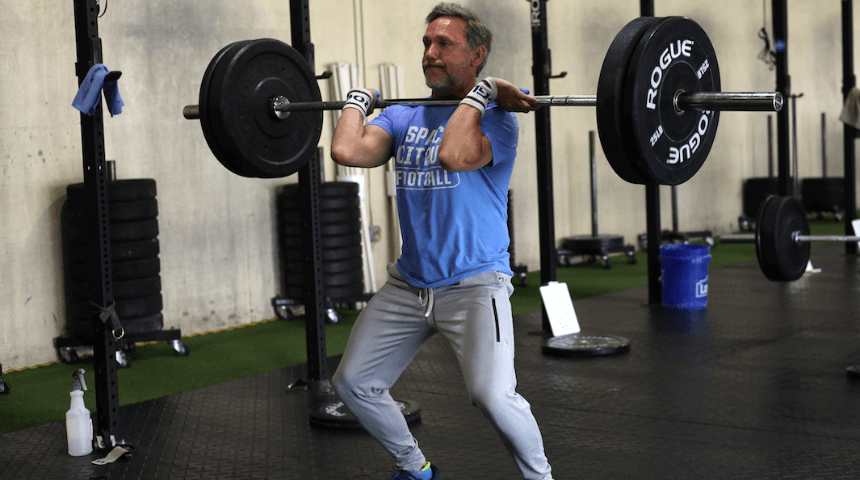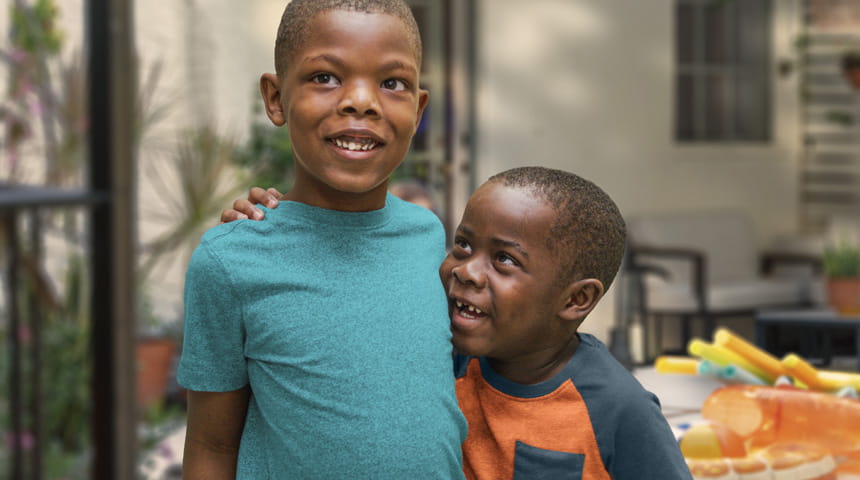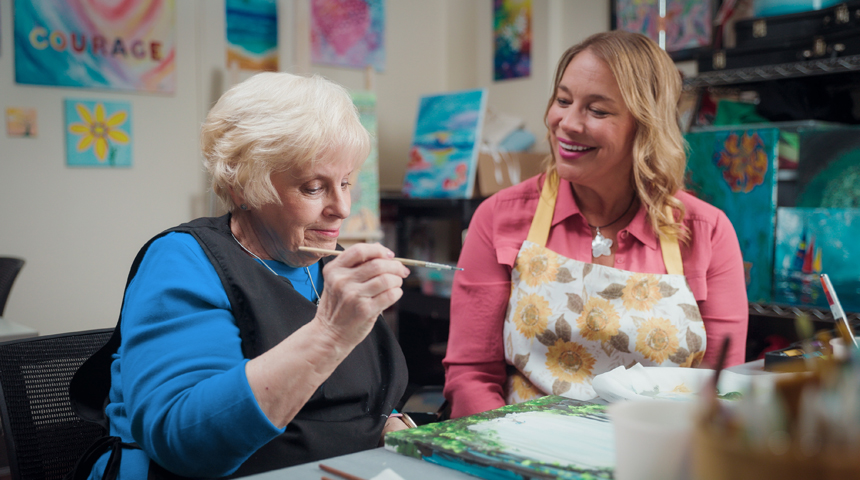- Family Health
- Patient Care
- Prevention and Wellness
-
Corporate Corner
Our Facilities
- Orlando Health Orlando Regional Medical Center
- Orlando Health Arnold Palmer Hospital for Children
- Orlando Health Winnie Palmer Hospital for Women & Babies
- Orlando Health Advanced Rehabilitation Institute
- Orlando Health Cancer Institute
- Orlando Health Jewett Orthopedic Institute
- Orlando Health Dr P Phillips Hospital
- Orlando Health Lake Mary Hospital
- Orlando Health – Health Central Hospital
- Orlando Health Horizon West Hospital
- Orlando Health Melbourne Hospital
- Orlando Health Bayfront Hospital
- Orlando Health South Lake Hospital
- Orlando Health St. Cloud Hospital
- Orlando Health Heart & Vascular Institute
- Press
- Events
- Health News En Español
Patient Testimonials
Search











